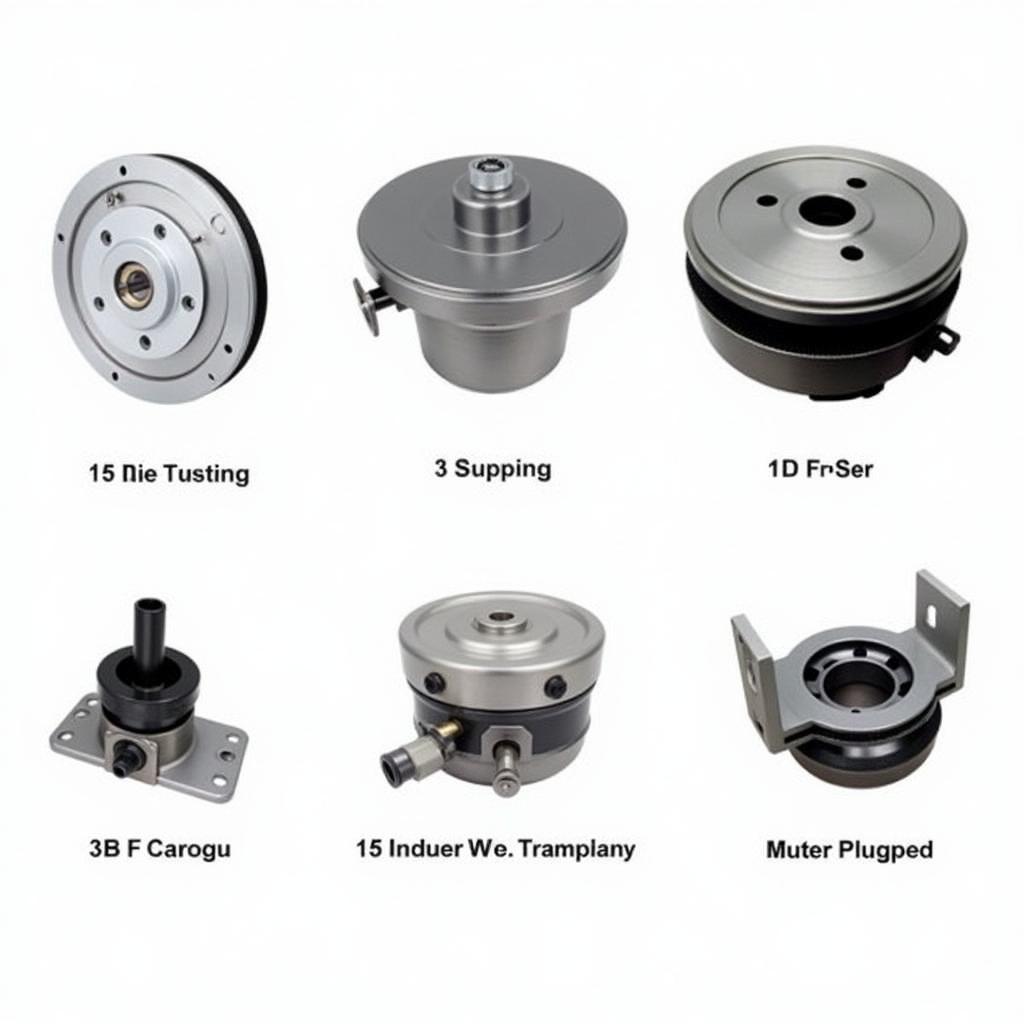The dreaded brake warning light on your dashboard can be a nerve-wracking experience, especially on a BMW 3 Series 2013 model. This light, often accompanied by a chime or message on your iDrive system, signals a potential issue with your braking system that needs immediate attention. While it might be tempting to panic, understanding the common causes of this warning light and the potential solutions can help you address the problem effectively.
This comprehensive guide will explore the possible reasons behind the brake warning light illuminating on your BMW 3 Series 2013 and provide you with actionable steps to resolve the issue, whether it’s a simple fix or requires professional help.
Common Causes of a BMW Brake Warning Light
Several factors can trigger the brake warning light on your 2013 BMW 3 Series. Some of the most common causes include:
-
Worn Brake Pads: This is the most frequent culprit. BMW brake pads are designed with wear sensors that trigger the warning light when they reach a certain level of wear, indicating it’s time for a replacement.
-
Low Brake Fluid Level: Your car’s braking system relies on hydraulic pressure created by brake fluid to function correctly. If the brake fluid level is low, it could indicate a leak in the system, compromising braking performance.
-
Faulty Brake Sensors: Like any other sensor, your BMW’s brake sensors can malfunction due to wear and tear, electrical issues, or damage. A faulty sensor might send incorrect signals, triggering the warning light even if there’s no actual problem with the braking system.
-
ABS Issues: The Anti-lock Braking System (ABS) plays a crucial role in preventing wheel lockup during braking. A problem within the ABS module, wheel speed sensors, or wiring can trigger the brake warning light.
-
Parking Brake Engaged: While seemingly obvious, it’s easy to overlook a partially engaged parking brake, which can also activate the brake warning light. Always ensure your parking brake is fully released before driving.
Troubleshooting the Brake Warning Light
Before heading straight to a mechanic, here are a few troubleshooting steps you can take to identify the root cause of the warning light:
-
Check Your Parking Brake: As a preliminary step, make sure your parking brake is completely disengaged. Sometimes, even a slight engagement can trigger the warning light.
-
Inspect Brake Fluid Level: Open the hood and locate the brake fluid reservoir. Check the fluid level, which should be between the minimum and maximum marks. If it’s low, add the recommended brake fluid for your BMW.
-
Visually Inspect Brake Pads: If you’re comfortable with basic car maintenance, you can visually inspect your brake pads for wear. Look through the spaces between the wheel spokes for the brake pads. If they appear thin or you notice deep grooves, they might need replacing.
When to Seek Professional Help
While some causes of the brake warning light can be addressed with simple checks, others require professional expertise. It’s essential to seek help from a qualified mechanic if:
-
The brake warning light remains illuminated even after topping up the brake fluid. This likely indicates a leak in the system, demanding immediate attention.
-
You notice unusual noises like grinding or squeaking while braking. These sounds often suggest worn brake components, and delaying repairs can lead to further damage and safety hazards.
-
Your brake pedal feels spongy or goes down further than usual. This could indicate air in the brake lines or a failing master cylinder, requiring professional bleeding and repair.
-
You suspect issues with your ABS system. Diagnosing and repairing ABS problems requires specialized tools and knowledge best left to professionals.
“Ignoring a brake warning light is like playing Russian roulette with your safety,” says Jake Carter, a seasoned automotive technician with over 15 years of experience specializing in German vehicles. “Even seemingly minor issues can escalate quickly, compromising braking performance and putting you and others at risk.”
Resetting the Brake Warning Light
Once you’ve addressed the underlying issue causing the brake warning light, it’s essential to reset it. While the reset procedure might vary slightly depending on your specific BMW 3 Series 2013 model, it usually involves using a diagnostic tool or a specific combination of button presses on your dashboard. You can find detailed instructions in your owner’s manual or search online for model-specific guides. For instance, if you’re experiencing brake pad warning lights, you can learn how to reset BMW warning lights for the brake or even specifically for the BMW 1 series 2013 brake pad warning light reset.
Proactive Brake Maintenance
Preventing brake problems is always preferable to dealing with them after they arise. Here are some proactive maintenance tips to keep your BMW 3 Series 2013 braking system in optimal condition:
-
Regular Brake Inspections: Schedule brake inspections with a qualified mechanic at least once a year or every 10,000 miles, whichever comes first. This will help identify potential issues early on.
-
Timely Brake Fluid Flush: BMW recommends flushing your brake fluid every two years or 24,000 miles to ensure optimal braking performance and prevent corrosion within the system.
-
Adhere to Brake Pad Replacement Intervals: Replace your brake pads as recommended by BMW or sooner if you notice signs of excessive wear like squealing or grinding noises while braking.
-
Drive Smoothly: Avoid aggressive driving habits like hard braking and rapid acceleration, which can accelerate brake wear and tear.
Conclusion
The brake warning light on your BMW 3 Series 2013 is a crucial safety indicator that should never be ignored. Understanding the common causes, performing basic troubleshooting, and seeking professional help when needed can help ensure your braking system remains in optimal condition, providing you with a safe and enjoyable driving experience. Remember, proactive maintenance is key to preventing costly repairs and ensuring your safety on the road.

